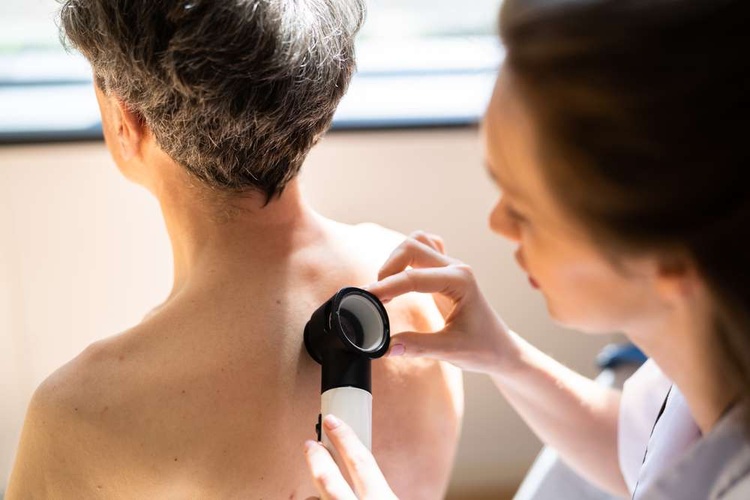Tummy Tuck Essentials: Benefits, Risks & Recovery
Considering a tummy tuck (abdominoplasty)? This in-depth guide covers who typically benefits most, potential complications, realistic recovery timelines, and expected cost ranges. Learn how to prepare, what follow-up care looks like, and how to select a qualified plastic surgeon to make an informed choice about body-contouring surgery.

A tummy tuck, or abdominoplasty, is a surgical procedure that removes excess abdominal skin and fat while tightening separated or weakened abdominal muscles. It’s commonly sought after pregnancy or major weight loss when diet and exercise can’t restore a firm midsection. Before committing, it helps to understand who is most likely to benefit, possible complications, the recovery process, and the financial considerations involved.
Who makes a good candidate?
The best candidates are generally healthy adults who have localized loose skin or persistent fat in the abdominal area that hasn’t improved with conservative measures. Typical examples include:
- Women with stretched abdominal skin and separated muscles (diastasis) following one or more pregnancies.
- People who have lost significant weight and are left with redundant skin around the stomach.
- Individuals experiencing age- or heredity-related weakening of the abdominal wall.
Abdominoplasty is not intended as a weight-loss operation. Ideal results are seen when patients are close to their desired weight, maintain weight stability, and avoid tobacco. Expect a permanent scar; realistic expectations about contour improvement, scar location, and the need to continue healthy habits are essential.
Risks and possible complications
As with any major surgery, a tummy tuck carries risks. Serious complications are uncommon but can occur. Important risks include:
- Wound infection at incision sites
- Bleeding or hematoma formation
- Poor or delayed wound healing
- Noticeable or hypertrophic scarring
- Temporary or long-term changes in skin sensation, including numbness
- Seroma (fluid collecting under the skin)
- Deep vein thrombosis (blood clots)
- Adverse reactions to anesthesia
- Contour irregularities or asymmetry
- Ongoing pain or discomfort
Careful selection of a board-certified plastic surgeon, full disclosure of your medical history and medications, and strict adherence to pre- and post-operative instructions help reduce the chance of complications. Ask your surgeon about how they prevent and manage common problems, and be transparent about supplements or medical conditions.
What recovery looks like
Recovery after an abdominoplasty is gradual and varies by individual, but the general timeline is:
- Immediate post-op (first 24–48 hours): Most patients remain under observation to manage pain, monitor vital signs, and begin wound care. Early mobility is encouraged to reduce clot risk.
- First week: Swelling, bruising, and discomfort are typical. A compression garment is usually worn to support tissues and limit swelling. Short, frequent walks are recommended; avoid bending, straining, or lifting.
- Weeks 2–4: Pain generally decreases and mobility improves. Light household activities can resume, but avoid heavy lifting and strenuous exercise.
- Weeks 4–6: Many return to sedentary work and normal daily routines. High-impact workouts and core-heavy exercises should remain off-limits until cleared by the surgeon.
- Months 2–3: Swelling diminishes, and the abdomen’s shape becomes more defined. Scars begin to mature but may still appear pink or raised.
- Full recovery: Scar fading, nerve recovery, and tissue remodeling can continue for up to a year or longer.
Follow your surgeon’s instructions for incision care, activity restrictions, and follow-up appointments. Stopping smoking well before surgery and during recovery significantly improves healing. Report signs of infection, severe or worsening pain, new numbness, or sudden swelling promptly.
| Procedure Type | Typical Cost Range | Additional Expenses |
|---|---|---|
| Mini Tummy Tuck | $4,000 - $8,000 | Anesthesia, facility fees, post-op garments and care |
| Full Tummy Tuck | $8,000 - $15,000 | Anesthesia, facility fees, follow-up visits and supplies |
| Extended Tummy Tuck | $12,000 - $20,000 | Anesthesia, facility fees, specialized care for larger areas |
Prices, rates, or cost estimates mentioned in this article are based on the latest available information but may change over time. Independent research is advised before making financial decisions.
Costs, insurance, and what influences price
Total cost depends on surgeon experience, geographic location, procedure complexity, and facility fees. Typical budget items include the surgeon’s fee, anesthesia charges, operating-room or facility fees, pre-operative tests, and post-operative garments or drains. Most insurers view abdominoplasty as cosmetic and don’t provide coverage, though some policies may pay if there is a documented medical need (for example, repair of a large hernia or severe diastasis with functional impairment). Ask for a detailed cost breakdown and inquire about financing or payment plans if needed.
How to choose a surgeon and prepare
To improve your chances of a safe, satisfying outcome:
- Select a board-certified plastic surgeon with substantial experience in abdominoplasty.
- Review before-and-after photos of past patients who had similar anatomy.
- Get a clear written estimate that lists all fees and potential extra costs.
- Ask about complication rates, the surgeon’s protocol for preventing issues, and the revision policy.
- Optimize your health before surgery: stop smoking, control chronic conditions like diabetes, and follow pre-op instructions closely.
- Arrange practical support at home for the first week or two after surgery when mobility is limited.
A candid consultation where you discuss goals, risks, alternatives, and realistic outcomes will help you decide if a tummy tuck is appropriate.
This article is for informational purposes only and should not be considered medical advice. Please consult a qualified healthcare professional for personalized guidance and treatment.






